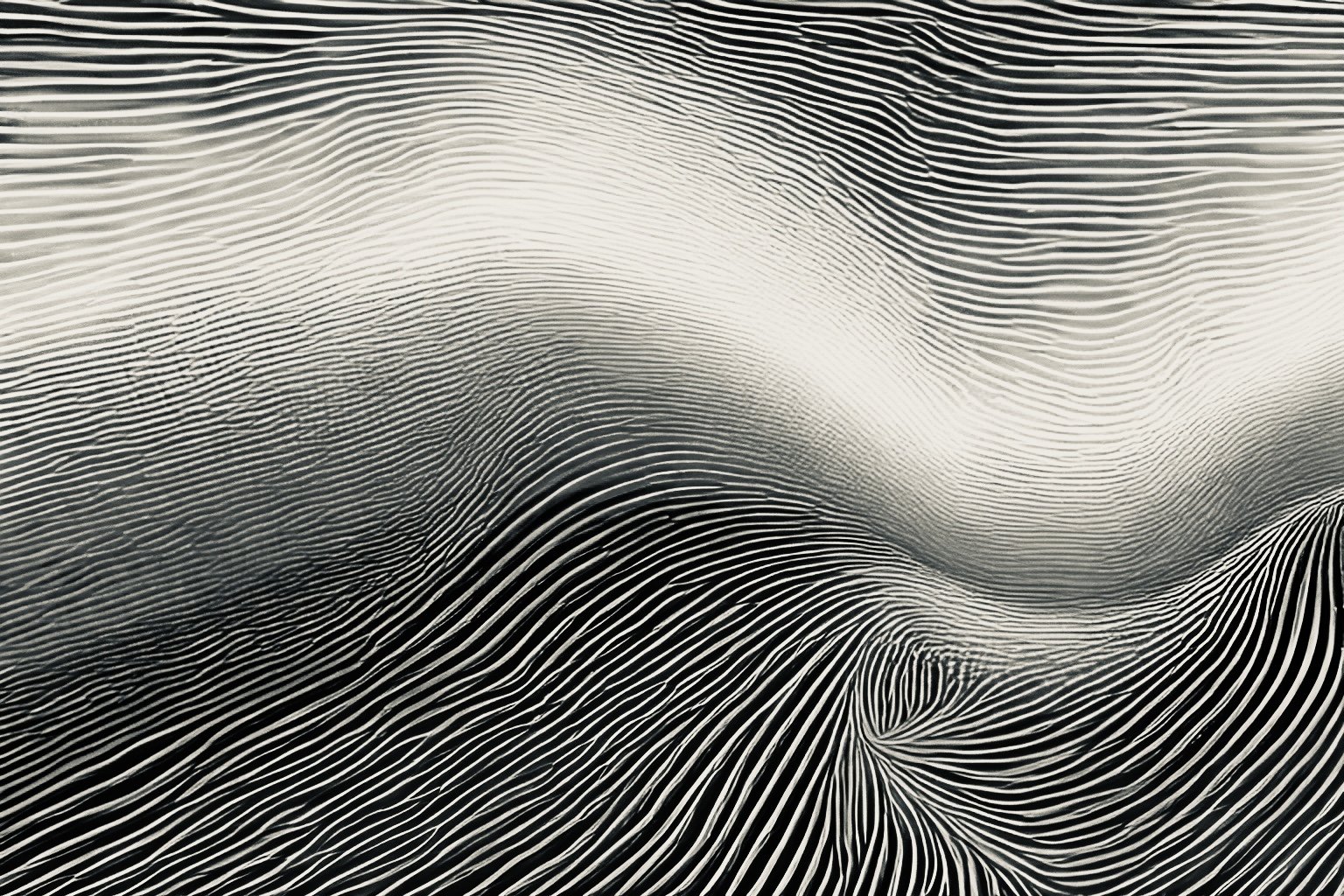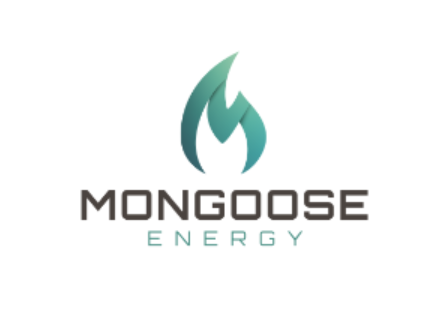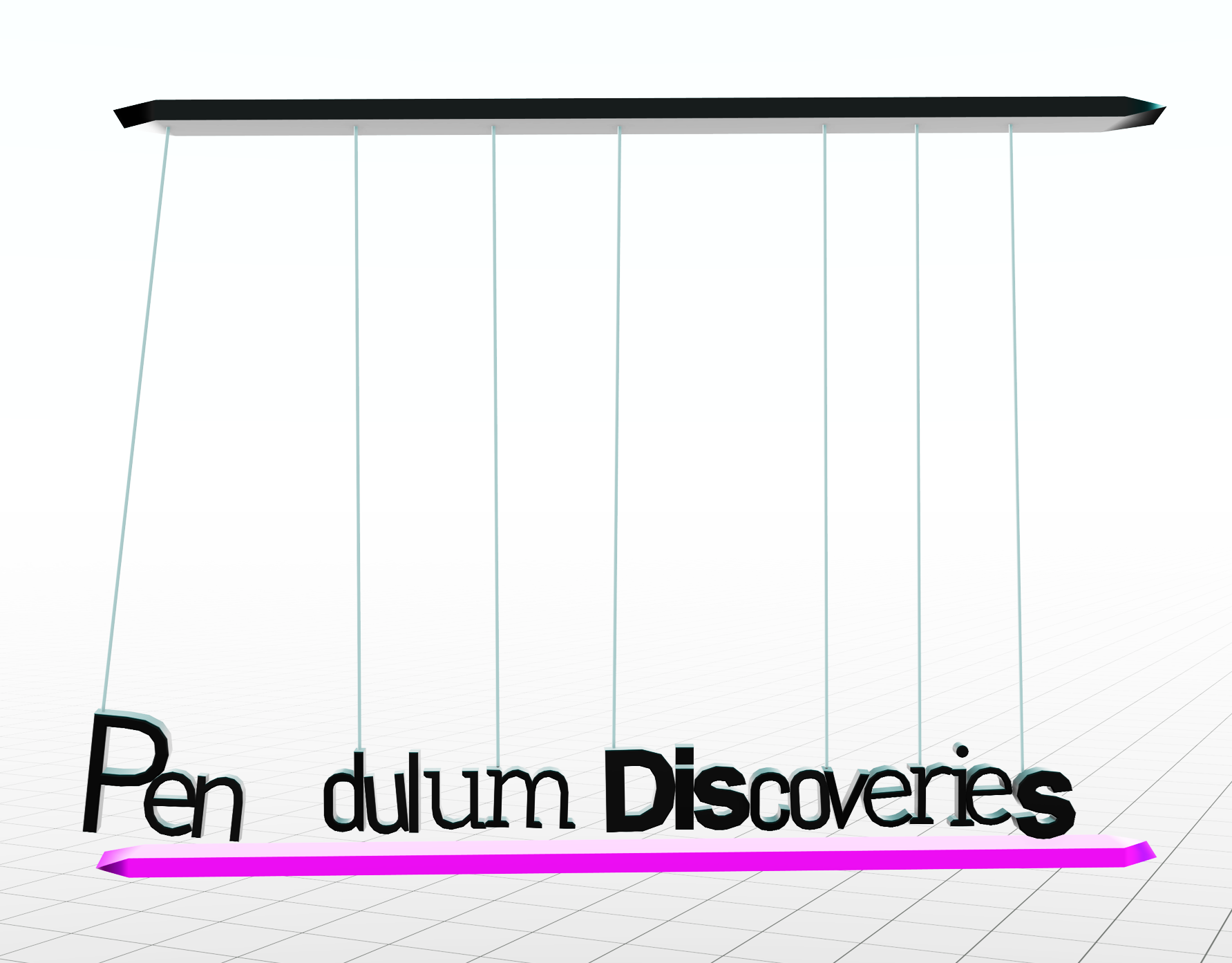
Kristen Lese
Exploration in Science, Art & Technology
The foothills of the Appalachian Mountains were my backyard, my house was 12-Volts, powered by the sun. We lived back in the woods, surrounded by sandstone cliffs and broken rock caves left behind by the retreating glaciers. I spent my time climbing trees, exploring valleys and sitting on rocky outcrops overlooking my woods. That early exposure to nature was the foundation for my career.













